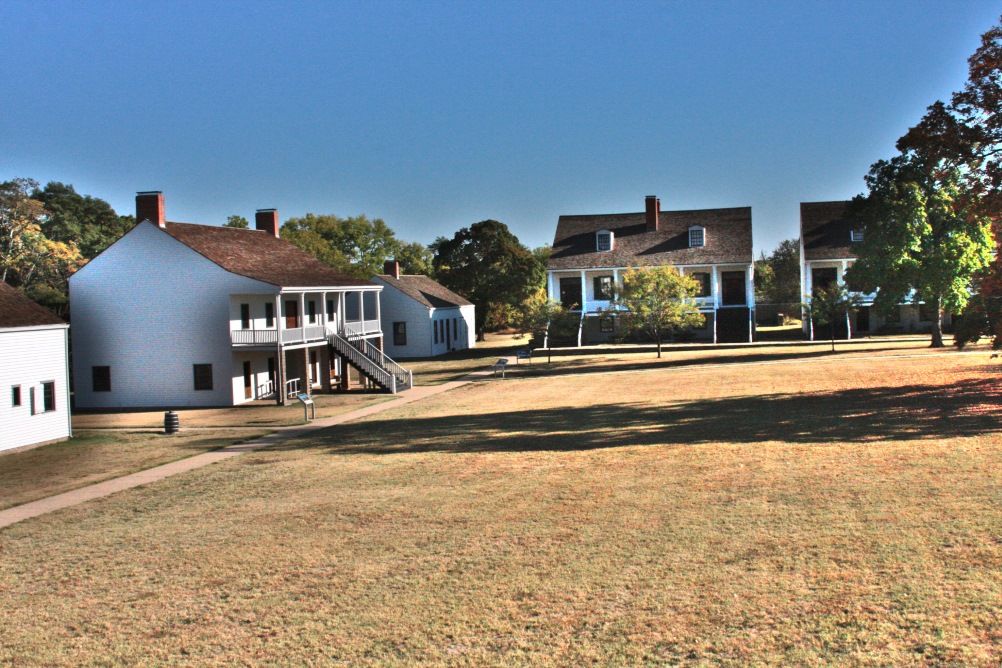October 6, 2022 @ 09:00 CST
Site Visit #54
Fort Scott National Historic Site sits just across the Missouri border in Kansas, one of a chain of forts running in a north-south line. These forts defined “the frontier”. In a rare attempt to actually enforce one of the agreements with American Indian tribes, the government declared that the western borders of Iowa, Missouri, and Arkansas would define the furthest west that “white settlement” would be permitted. All of the lands to the west were left for the Indians.
The forts built along this line were both to protect the settlers in the bordering states and to protect the Indians from any encroachment by those settlers.
Fort Scott was built in 1842. It was abandoned ten years later. What had happened? The Mexican War of 1846-1848 brought vast new lands in the west under U.S. control, and settlers headed for these new lands. They often passed through Fort Scott (and the other forts in the line), and towns grew around the forts to support the settlers.
The demand for land extended beyond those newly won from Mexico, as the “frontier” was no longer enforced. What would become the Kansas and Nebraska Territories were very quickly filling with people from the east and Fort Scott was no longer needed.

The white settlement of these territories led to a new conflict – not white versus native Indian, but free state versus slave state. The Missouri Compromise of 1820 had limited slavery in new states to areas south of the latitude of Missouri’s southern border. Missouri has been the exception as it was a slave state. It also required new states to join the Union in pairs – one new free state and one new slave state – to maintain the balance in Congress.
The Kansas-Nebraska act of 1854 changed that by allowing the citizens of a potential new state to vote on the issue of slavery in their state. Kansas turned violent as proponents of both sides rushed people to the state to “stuff” the ballot boxes. Fort Scott (the town now, with the fort having been abandoned) experienced much of this first-hand. Needless to say, this act further split the country possibly hastening the inevitable Civil War.
Enough history!
Fort Scott was an unusual fort, at least compared with the forts I have visited in the east. It had no walls around it. The buildings were built in a rectangle around a large parade ground, but one could walk between buildings to the “outside”. As explained to me, when the fort was built, the surrounding area was all prairie. The trees present today outside of the fort (and the town itself) did not exist. As the fort was located on a high point, sentries could see for miles in all directions, allowing plenty of warning if hostile forces approached.
The National Historic Site is an example of what the National Park Service can do in “preserving” the past. I use quotes because several original buildings did not survive into the mid-20th century. In addition, buildings that did survive had been used as hotels and other private businesses for over 100 years. They had been modified and remodeled, sometimes several times. By the 1960s, there were even city streets running through the parade grounds!
In the 1950s, local citizens led the effort to restore the fort to its original appearance. They were ultimately successful in obtaining federal money to do so. Several years of archaeological studies and research determined the location and appearance of lost buildings. Newer buildings were removed and the missing structures reconstructed,
Today visitors can experience the fort as it would have appeared to the men who served at it in the 1840s. The visitors center has information and exhibits about the fort, along with a short video about the history of the fort.
Steve